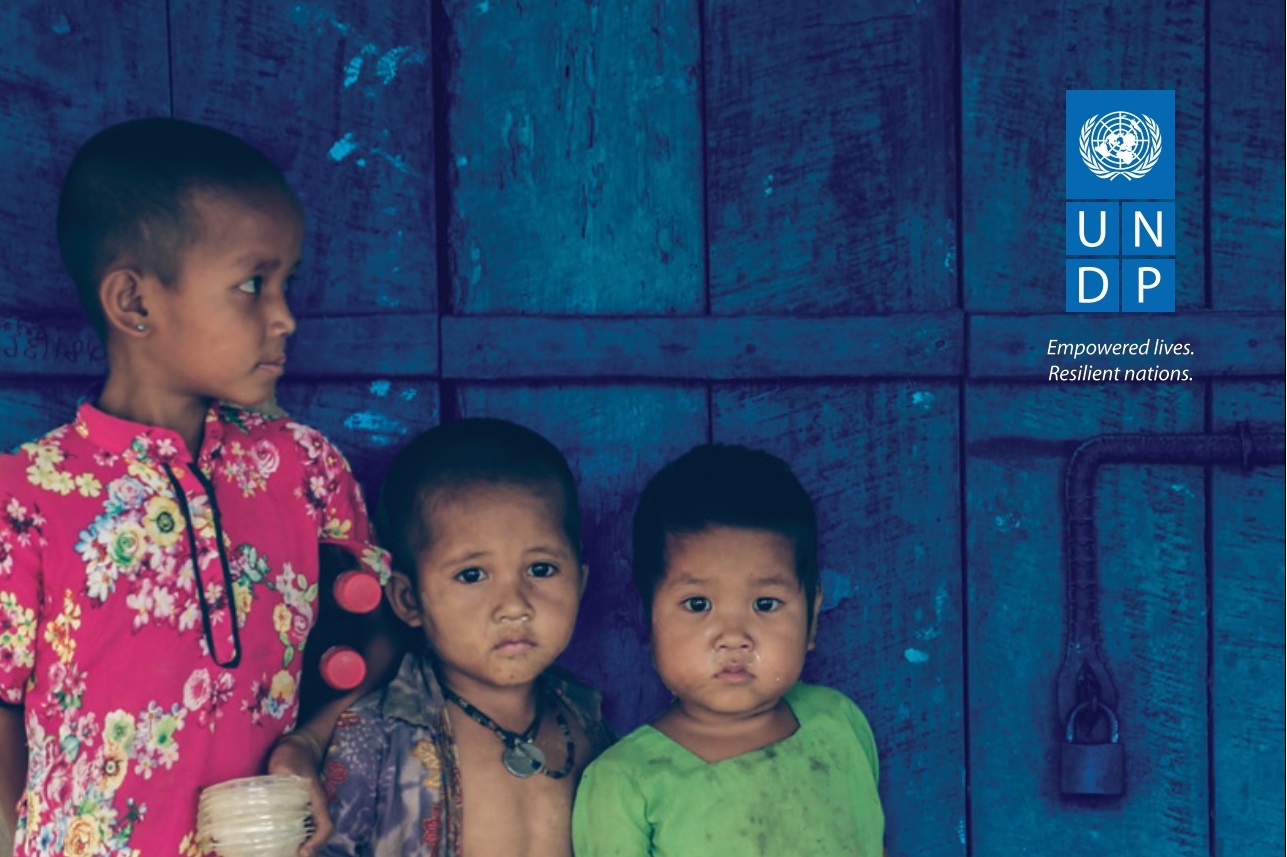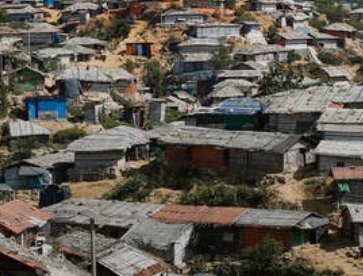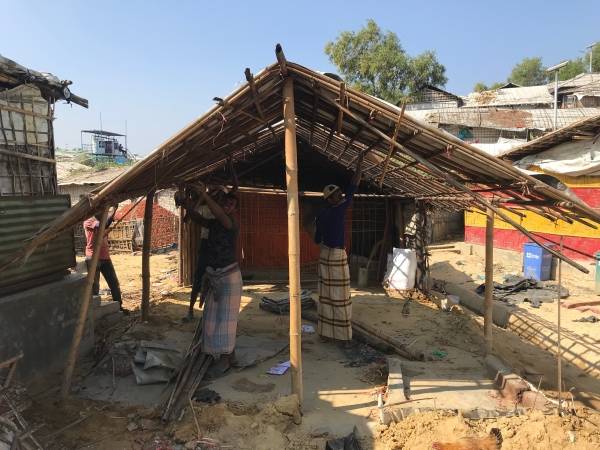
Exports: riding the waves of uncertainty

A Brief Analysis of Budget 2020-21
The Rohingya response in Bangladesh and the Global Compact on Refugees
The report–The Rohingya response in Bangladesh and the Global Compact on Refugees–finds that a more explicit and systematic use of the Global Compact on Refugees would result in better support to Rohingya refugees in Bangladesh.

Dr M. Abu Eusuf, a co-author of the report
Summary
Between August and October 2017, more than 700,000 Rohingya people fled from Rakhine State, Myanmar to Bangladesh. This was the latest of several instances of Rohingya displacement from Myanmar since the late 1970s. Almost in parallel, in mid- 2017, consultations were underway in Geneva towards a long-awaited Global Compact on Refugees (GCR). This report explores how far the GCR – adopted by 181 UN Member States, including Bangladesh, in December 2018 – has informed the response to the Rohingya crisis. It does so by exploring the extent to which the GCR has explicitly been used in the context, alongside how far its principles have been applied ‘in spirit’, in a less direct de facto sense. The sheer complexity of the Rohingya crisis in Bangladesh – although not unlike other largescale displacements – provides an opportunity to stress test some of the GCR’s objectives and assumptions, while also exploring what these principles might look like in practice.The research used qualitative methods, with almost 60 semi-structured interviews carried out between August and November 2019 at global, regional, national and subnational levels. The research was subject to a number of limitations, mainly that, by nature, the research provides only a point-in-time assessment of the GCR’s use in relation to the Rohingya crisis during the research period. A number of developments took place after this time, which are mentioned where relevant, but could not be fully explored in the analysis. It is also acknowledged that this represents an early phase of the GCR’s implementation, with research beginning just eight months after the GCR’s formal adoption. Overall, the research found that the proactive or explicit use of the GCR in relation to the Rohingya crisis in Bangladesh has been very limited thus far – although not completely absent – due to significant constraints. Yet, many of its objectives and cross-cutting principles have nonetheless been pursued in a less direct de facto sense. The research found that more proactive use of the GCR in relation to the Rohingya crisis, in line with recommendations outlined in this report, could add considerable value. In particular, more strategic and proactive of use of the GCR by all actors could help avoid critical missed opportunities, resulting in better support to Rohingya refugees in Bangladesh and to their host communities.





